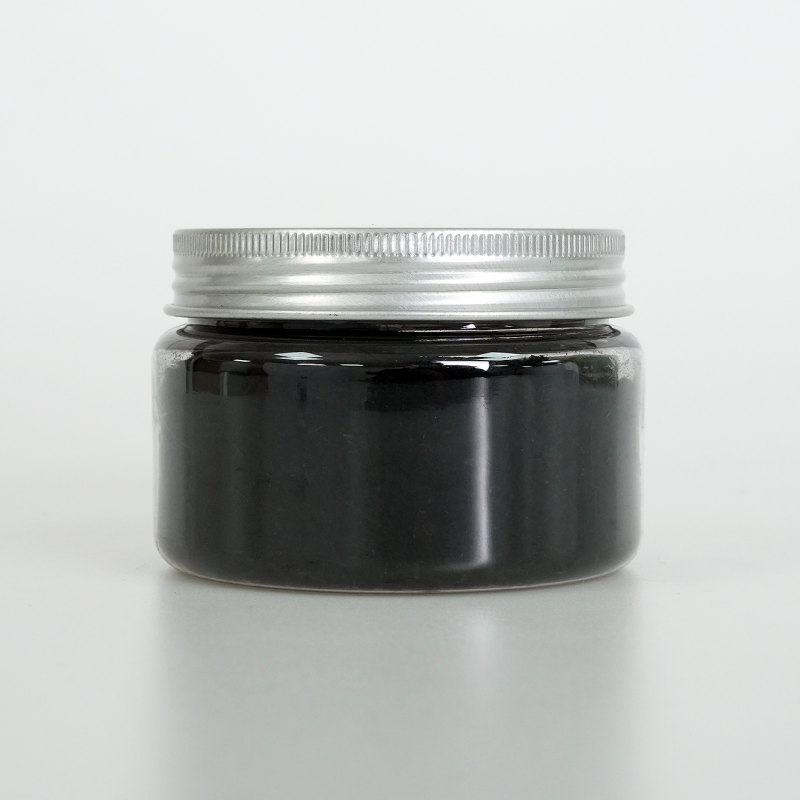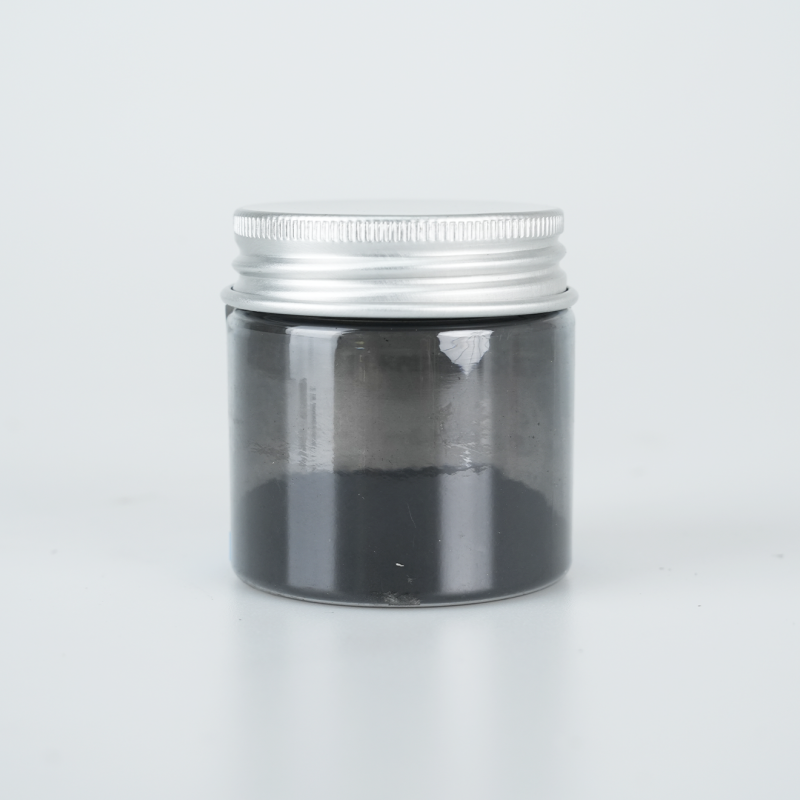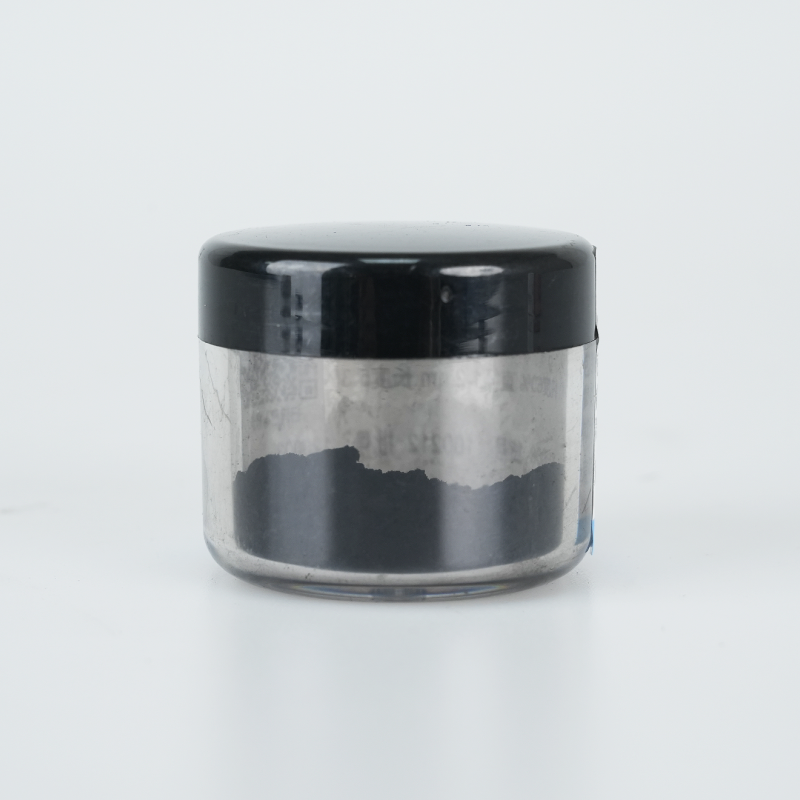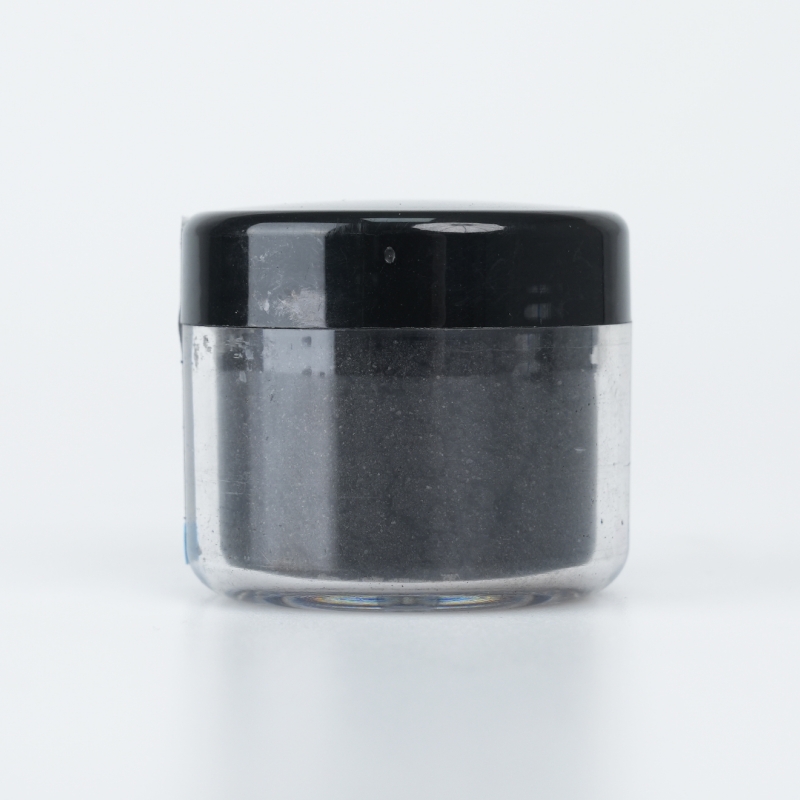Resin dispersant enhances uniform dispersion, optimizes compatibility, and improves processing efficiency. Designed for advanced applications, it ensures superior solubility, extended stability, and high-performance adaptability across various resin formulations.
Product Overview
The Resin Dispersant is a highly effective material specifically designed to address the dispersion challenges of carbon materials (such as carbon nanotubes, graphene, etc.) in polymers. Due to their high specific surface area and strong inter-particle interactions, carbon materials tend to agglomerate and are difficult to disperse uniformly. This dispersant significantly enhances the dispersion of carbon materials in resin systems such as oily and UV systems, ensuring uniform distribution and improved performance.
Key Features
- Reduced Surface Tension:Improves the wetting of carbon materials with the polymer matrix, making it easier for them to be encapsulated.
- Steric Hindrance Effect:Forms a protective layer on the surface of carbon materials to prevent particle agglomeration.
- Charge Stabilization:Charged dispersants maintain the dispersion of carbon material particles through electrostatic repulsion.
Applications
Resin dispersants are widely used in oil-based, UV resin systems, and other applications for wetting and dispersing inorganic pigments (such as carbon materials, titanium dioxide, calcium carbonate, etc.). They provide excellent leveling and viscosity reduction effects, improve high gloss and color intensity, and enhance the anti-flocculation ability. Additionally, they improve compatibility with other resin-pigment systems. The typical usage amount is 0.5-3 times that of inorganic fillers.
| Technical Parameter | Value |
| Appearance | Yellow viscous liquid |
| Non-volatile content | 99±1% |
| Specific Gravity | 0.98 g/cm³ |
| pH Value | ~3 |
 new material
new material








